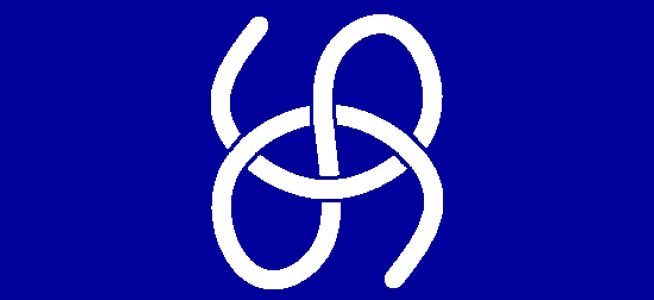Albert Girard (1595-1632) was a French-born mathematician who studied at the University of Leiden. He was the first to use the abbreviations ‘sin’, ‘cos’ and ‘tan’ for the trigonometric functions.

Girard also showed how the area of a spherical triangle depends on its interior angles. If the angles of a triangle on the unit sphere are A, B and C, then
Area of triangle = E = A + B + C – π
The amount E by which the sum of the angles exceeds π radians is called the spherical excess. This result is called Girard’s theorem.
Girard was also the first to observe – in 1632 and without a proof – that each prime of the 4n + 1 is the sum of two squares. In 1640, Pierre de Fermat (1601-1665) claimed that he had a proof of this result. Since the proof was announced by Fermat in a letter to Marin Mersenne dated Christmas Day (25 Dec. 1640), it is often known as Fermat’s Christmas Theorem.
The Christmas Theorem.
The Christmas Theorem is a result in additive number theory. It states that any odd prime p is expressible as
p = r ² + s ²
where r and s are integers, if and only if p is congruent to 1 modulo 4; that is, the remainder on dividing p by 4 is 1, written p = 1 (mod 4).
For example, the primes 5, 13 and 17 are congruent to 1 modulo 4. They can be expressed as sums of two squares:
5 = 1² + 2² , 13 = 2² + 3² , 17 = 1² + 4² .
On the other hand, the primes 3, 7 and 11 are congruent to 3 modulo 4. Clearly, none of these can be expressed as a sum of two squares.
* * *
To all who visit thatsmaths.com, we wish you a Very Happy Christmas.
Peter Lynch.
